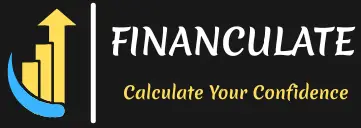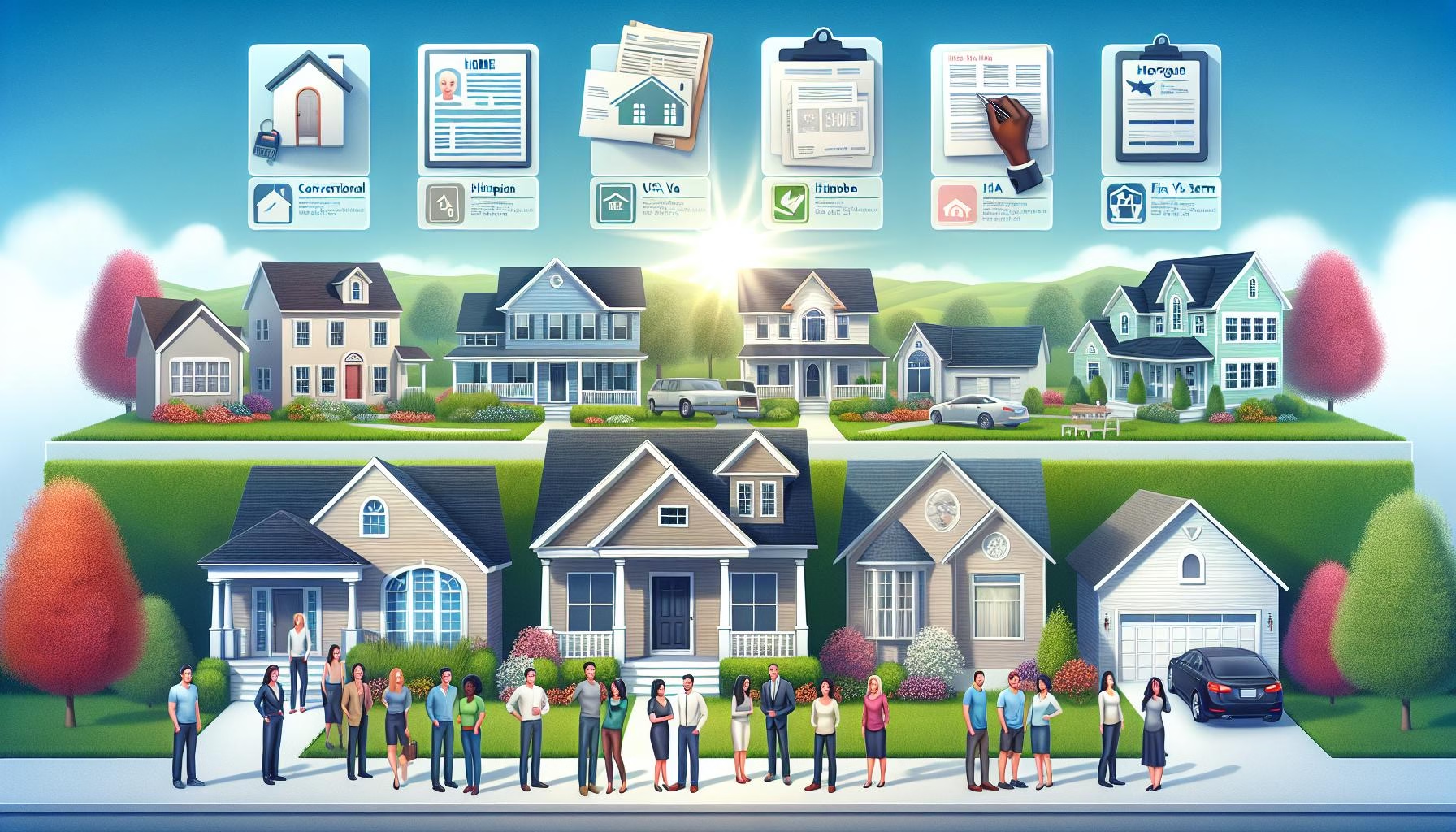Home loans come in all shapes and sizes, and choosing the right one can make a huge difference—not just in monthly payments but in your long-term finances too. Whether you’re a first-time homebuyer or looking to refinance, understanding the different types of mortgages can help you save money and feel more confident about your investment.
In this guide, we’ll walk you through seven smart types of home loans that can stretch your dollar, explain the pros and cons of each, and help you figure out which might best fit your needs. If you’re planning your home buying journey, this is essential reading. You can also check out our first-time homebuyer tips for more insights.
1. Conventional Loans
A conventional loan is the most common type of mortgage. It’s not backed by the government, which means lenders consider these less risky and typically offer them to borrowers with good credit and stable income.
- Ideal for: Homebuyers with strong credit and a solid down payment (usually 3%–20%).
- Benefits: Lower interest rates and more flexible loan terms.
- Watch out for: You’ll likely need private mortgage insurance (PMI) if you put down less than 20%.
If you’re someone with good financial standing, this type of home loan could be your sweet spot.
2. Fixed-Rate Mortgages
If stability and predictability are important to you, a fixed-rate mortgage might be your best bet. With this option, your interest rate stays the same for the life of the loan—whether it’s 15, 20, or 30 years.
- Ideal for: Buyers planning to stay in the home long-term.
- Benefits: Your monthly payments never change, making it easier to budget.
- Watch out for: You might pay more in interest early in the loan term compared to other options.
Think of fixed-rate mortgages like a steady job with a set paycheck—it may not be glamorous, but it’s reliable and safer during uncertain times.
3. Adjustable-Rate Mortgages (ARMs)
Unlike fixed-rate loans, an adjustable-rate mortgage starts with a lower interest rate that can change over time. This can be a good choice if you don’t plan to stay in the home for long.
- Ideal for: Buyers who plan to sell or refinance before the rate adjusts.
- Benefits: Lower initial payments and interest rates.
- Watch out for: Rates can rise significantly after the initial period ends.
Pro tip: Many ARMs have an initial fixed period (like 5, 7, or 10 years), so if you know you’ll move in that timeframe, the savings can be worth it.
4. FHA Loans
If saving a big down payment is tough, an FHA loan backed by the Federal Housing Administration can be a game-changer—especially for first-time buyers or those with moderate credit scores.
- Ideal for: Buyers with a lower credit score or limited savings.
- Benefits: Down payments as low as 3.5% with credit scores of at least 580.
- Watch out for: FHA loans require mortgage insurance premiums (MIP), which can add to your monthly cost.
It’s like having a co-signer—except it’s the government helping you get a foot in the door.
5. VA Loans
Offered to U.S. military veterans, active-duty personnel, and certain members of the National Guard and Reserves, VA loans are one of the most powerful mortgage tools available for those who qualify.
- Ideal for: Veterans and eligible military families.
- Benefits: No down payment, no private mortgage insurance, and competitive interest rates.
- Watch out for: A one-time VA funding fee is usually required (though it can be included in the loan).
These loans are a meaningful way to say “thank you” to our service members while helping them build wealth through homeownership.
6. USDA Loans
Live in a rural area? A USDA loan backed by the U.S. Department of Agriculture might be perfect. These are zero-down loans offered to low- to moderate-income buyers in qualifying regions.
- Ideal for: Buyers in rural or suburban areas with steady income.
- Benefits: No down payment and reduced mortgage insurance costs.
- Watch out for: Location and income eligibility restrictions apply.
If you’re open to rural living, a USDA loan makes homeownership accessible and affordable.
7. Jumbo Loans
Jumbo loans are what you’d need if you’re buying a high-priced home that exceeds conforming loan limits—typically over $726,200 in most areas (though it may be higher in others).
- Ideal for: Buyers of luxury homes or properties in expensive markets.
- Benefits: Enables you to finance a more expensive home without multiple loans.
- Watch out for: Stricter credit, income, and down payment requirements.
Think of it as the VIP mortgage—great if you can afford a larger loan and meet the qualifications.
Choosing the Right Type of Home Loan
Every home loan has its own advantages and limitations—choosing the best one depends on your financial situation, long-term plans, and even where you want to live. A good starting point? Ask yourself:
- How long do I plan to stay in the home?
- What is my credit score and income?
- How much can I afford to put down?
Once you’ve got these answers, talk with a mortgage lender. They can help you compare options and find the best fit.
Final Thoughts
When it comes to buying a home, being informed empowers you to make smart decisions. By understanding these seven types of home loans, you’re one step closer to choosing a mortgage that saves you money—both now and over time.
Need help organizing your home buying plan? Check out our home buying checklist to keep everything on track.
For more detailed guidance, you can also visit the original source here: 7 Types of Home Loans – Investopedia

